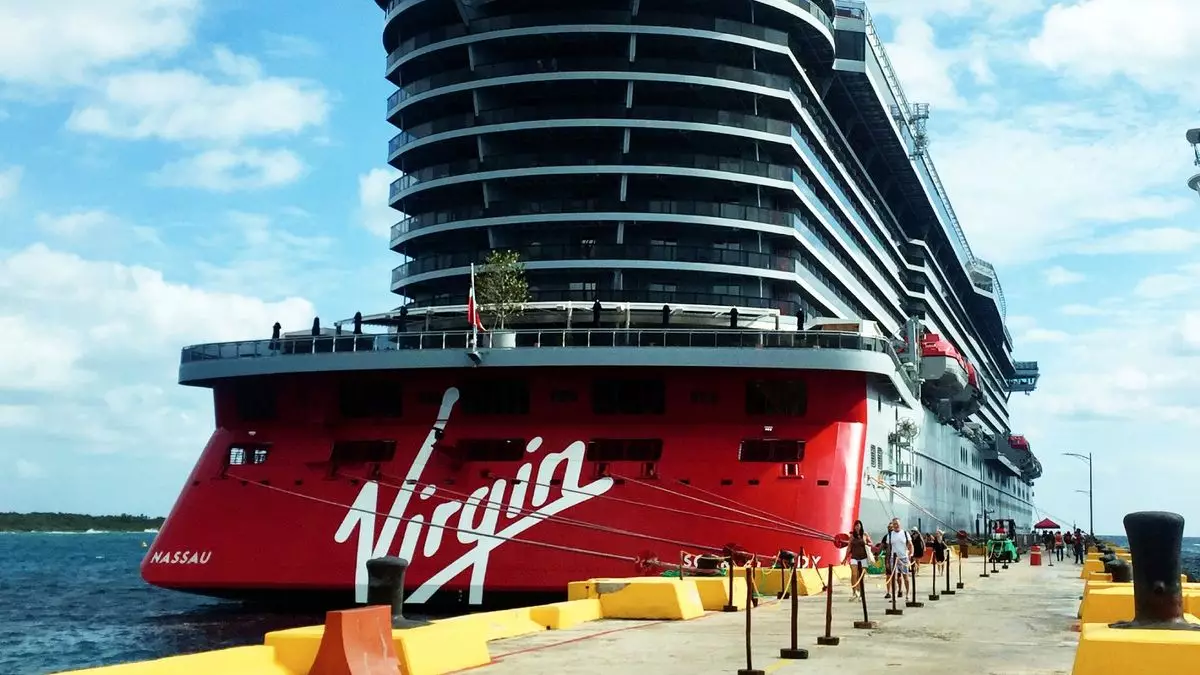The recent decision by Mexico’s lower legislative body to impose a $42 immigration levy on cruise ship passengers has ignited widespread outrage among stakeholders in the cruise industry. Critics are particularly concerned about the implications of allocating two-thirds of this revenue to the Mexican military, raising questions about the intent and practicality of such a measure. As cruise ship tourism contributes significantly to local economies, this development threatens to alter the competitive landscape of the region’s high-demand ports.
The Mexican Association of Shipping Agents has voiced strong opposition to the proposed immigration fee, arguing that it could render Mexican ports prohibitively expensive compared to their Caribbean counterparts. The assertion is that raising costs could deter cruise lines from including Mexico in their itineraries, leading to a potential decline in tourism revenue. With establishments such as Cozumel consistently ranking as one of the world’s most visited cruise destinations—drawing approximately 4 million cruise passengers annually—the potential economic fallout from the levy could be detrimental.
Furthermore, the notion of redirecting a significant portion of funds to the defense department adds a layer of complexity. Stakeholders are questioning the necessity of such funding for military purposes rather than reinvesting in local port infrastructure or tourism promotion. Critics argue that the lack of transparency surrounding the revenue’s intended use undermines trust in government decisions affecting the tourism sector.
Historically, cruise passengers have been exempt from immigration fees, a regulation predominantly grounded in the understanding that many travelers remain on board during port calls. However, with this new law, individuals will be subjected to the levy regardless of their port activity. This change could disproportionately affect infrequent or first-time cruise visitors, who may be deterred from considering Mexican ports as stopovers, impacting the overall appeal of the region.
As global discussions regarding overtourism are on the rise, it is crucial to balance Mexico’s longstanding success in attracting cruise tourism with the necessity of sustainable growth. While it is valid to discuss measures aimed at limiting the impact of cruise ships in particular locales, applying an additional financial burden is unlikely to address these concerns—rather, it may alienate the very travelers Mexico hopes to attract.
As the proposal heads to the Mexican Senate for consideration, industry leaders and stakeholders are poised to lobby against the measure, advocating for policies that foster competitiveness and sustainable tourism growth. It remains to be seen whether the Senate will heed these warnings and reconsider the wisdom of the levy. The outcome will not only shape the future of cruise tourism in Mexico but could also set a precedent for how countries manage the complex relationship between tourism, military funding, and local economic impact.
The proposed immigration levy presents a significant challenge for Mexico’s cruise industry, warranting careful scrutiny of its economic repercussions and the rationale behind its implementation. The eyes of the global cruise community now turn toward Mexico in anticipation of a resolution that prioritizes tourism growth over military funding.


Leave a Reply